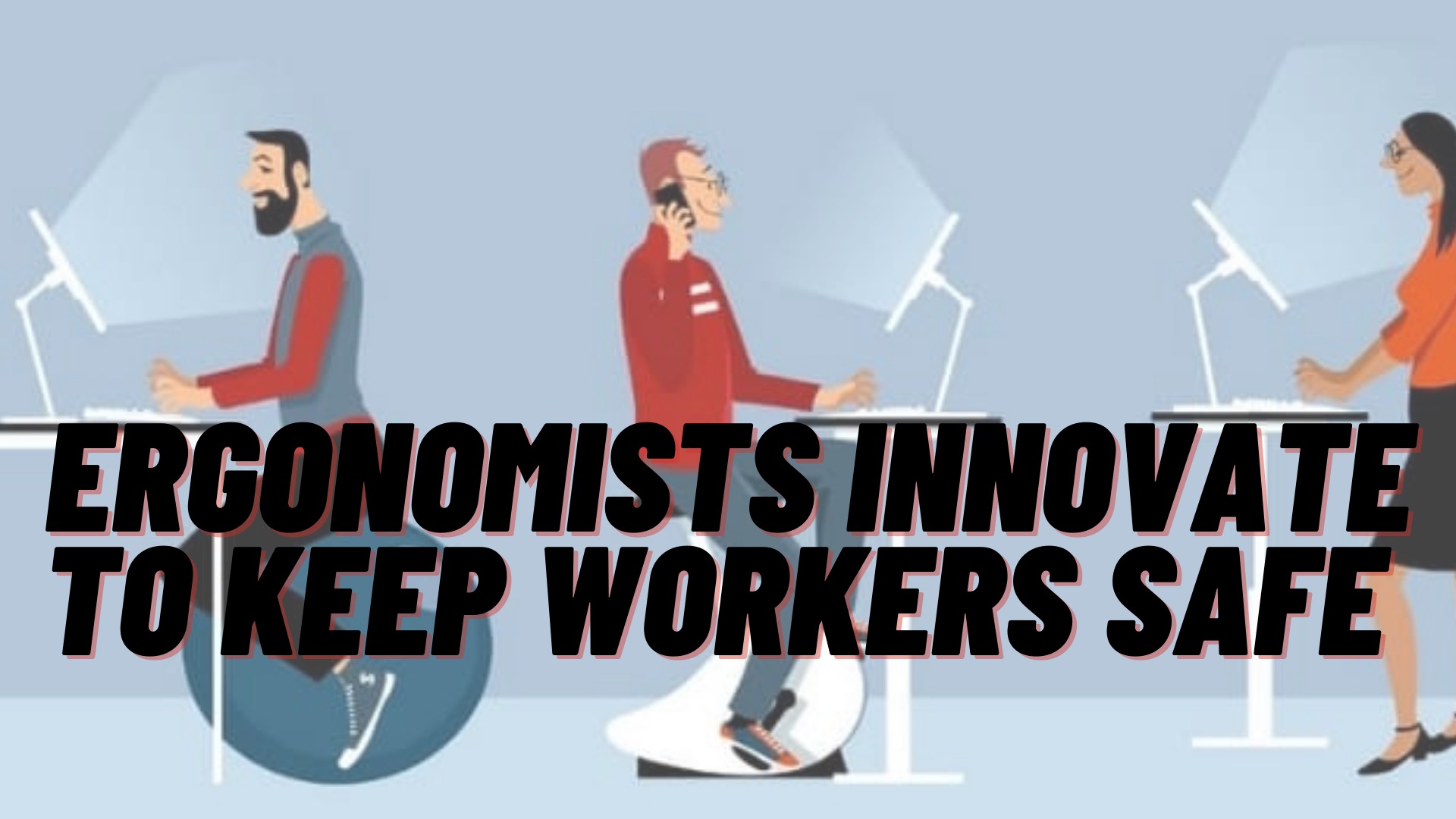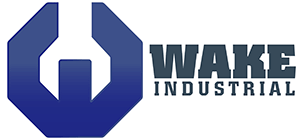Ergonomists Make Manufacturing Environments Safer During COVID-19
13 April, 2021

When considering the world of industrial manufacturing, most people first think of robots. While robots and automated processes might offer fancy ways to get things done, human workers are still at the heart of many manufacturing plants around the world. That is certainly true in places where the cost of labor is less than it is in the U.S. and other highly developed countries.
With that in mind, keeping employees healthy and injury-free should be a priority for every manufacturing company. One way to do this is by focusing on ergonomics.
In the world of industrial engineering, this has quickly become a niche of its own, paving the way for ergonomists who make the workplace safer for everyone involved. The ways that work environments can be made safer vary from industry to industry. However, they are all united by a common goal—reducing injuries and helping employees work efficiently and safely.

Finding Solutions
Constant evaluation is an important part of any factory operation. Not only does it uncover ways to improve your operations, it also identifies things that could pose a danger to employees. As such, evaluation is crucial to making ergonomic adjustments in a workplace.
Ergonomists are specifically trained to assess workplace environments and address concerns related to employee safety or efficiency. This can include everything from assessing machinery to working with an engineering team on making adjustments to the production line that will keep workers healthier.

Pillars of Ergonomics
Without going into too much detail, it’s important to know that the term ergonomics doesn’t just mean the way your body moves. In fact, the area is frequently broken down into five key pillars. The first is safety, which should be no surprise. An ergonomically sound design doesn’t pose a danger to the user and prevents injuries from occurring. In a field like manufacturing where overuse injuries from repetitive tasks are common, this is extremely important.
The second pillar is comfort. In terms of industrial manufacturing, this means that equipment should be set up in a way that makes it possible for employees to work comfortably during long shifts. At the same time, they should also be able to work efficiently—the third pillar. A workplace that is designed with ergonomics in mind should boost productivity and enhance human performance.
Another important pillar is ease of use. If something has a safe, efficient design but is difficult to use, many people will take a shortcut and not use it. This has proven time after time and often results in injuries or serious workplace accidents. By making something easy to use, workers are more likely to utilize it.
The final pillar of ergonomics is aesthetics. This doesn’t factor into the industrial manufacturing world nearly as much as it does in other sectors. Ultimately, though, systems should still look presentable and professional.

Ergonomic Adjustments
When brainstorming, it can be difficult to try and think of ways to improve the ergonomics of a workplace without specific issues in mind. This ties back to the idea of constantly assessing the workplace to find those issues.
That being said, each industry has common areas that can be addressed with more ergonomic solutions based on the type of work that is being done. In manufacturing, repetitive tasks, reaching, and heavy lifting are some of the most common things that employees do every day. Finding ways to make these tasks more ergonomic helps keep them safe and prevents injuries.
For instance, engineers may install diverters on conveyers to push materials closer to employees who are handling them. This negates the need to bend and reach for the materials in an awkward position, thus reducing the risk of injury.
Another strategy includes using diverging conveyors to separate items moving down the main line and make tasks less repetitive.
Tools and equipment can also be redesigned to promote neutral posture. Using devices that lift, tilt, and adjust machinery can eliminate back injuries by allowing employees to work in healthier postures.
Ultimately, finding ways to make a work environment more ergonomic requires an individualized approach and careful assessment by professional ergonomists. Doing so is a worthy investment and should be a priority of all companies in the manufacturing space and sectors where employees are at risk of being injured on the job.
COVID-19 and Ergonomics
Over the past year with the astronomical rise of employees around the world working from home, ergonomists have been scrambling to create innovative improvements for stay at home work environments. These improvements have included office chairs with proper back support, standing at-home desks, and glasses and computer screens to help one's eyesight.
Another key component is an observational assessment in which employees are observed while working. This enables employers to gather data related to rotation schedule, number and frequency of rest
breaks, exposure time, pain or discomfort, identification of difficult tasks, tools or equipment that are hard to work with and more. This also examines risk factors such as stretching, twisting, bending, static loads, difficult postures, and height of work. Once the assessment is complete, employers can decide how to properly move forward to fit the needs of their work from home employee.










